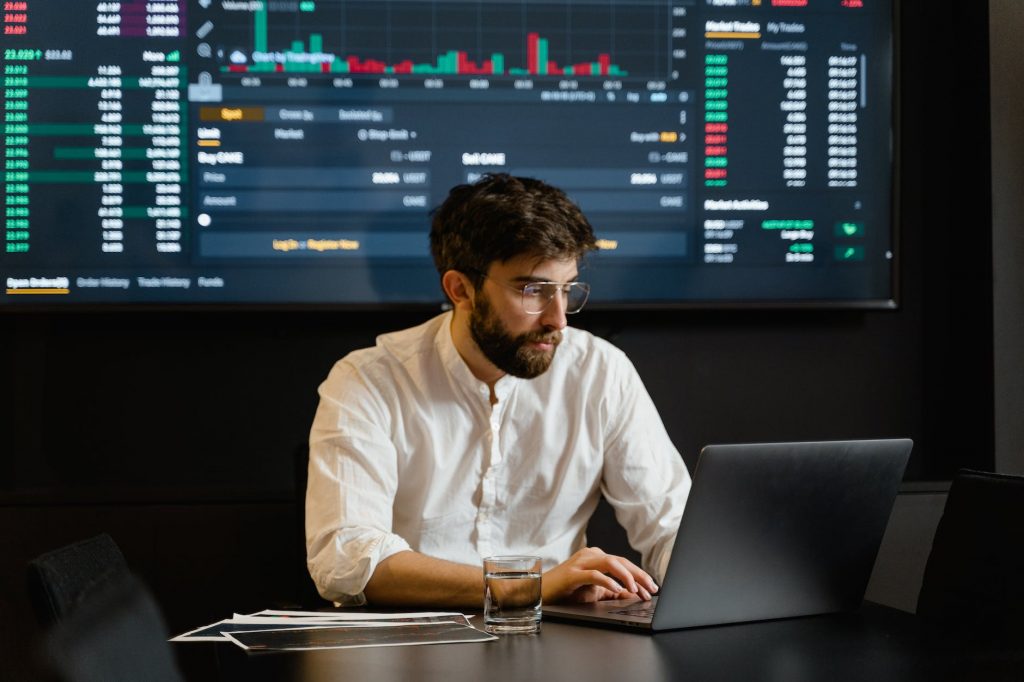Commodity markets offer you an excellent scope and potential that you can harness over time. Making an investment in commodity markets through commodity trading is the first step towards diversifying your portfolio as well as increasing your gains. Wait, but what is commodity trading? Read this blog to brush up on your basics regarding commodity buying and selling, and does it work!
What Is Commodity Trading and Their Futures Contracts?
Commodities are standardized and have an intrinsic value making them interchangeable. Some examples are iron, natural gas, grains, pulse, etc.
Commodities can further be classified into hard commodities like iron, which are used as raw materials for production, and soft commodities like rice and grain, which get consumed. Commodity trading is quite similar to stock trading.
The only difference is that while you trade shares in a stock market, you trade commodity products on a commodity trading platform. Traders in this market aim to obtain profits through purchasing and selling commodities.
You can trade these commodities using a futures contract which is a derivative instrument. A commodity futures contract translates to an agreement wherein the trader would either buy or sell certain commodities at a predetermined price and time. You can trade these futures contracts on the Multi Commodity Exchange of India Limited (MCX) platform.
Who Trades in Commodities?
A commodity market has two primary participators: speculators and hedgers. Speculators analyze commodity prices. If they predict a rise in prices, they buy commodities and sell them after the price increase, driving the market. This trade also helps them make profits. Speculators are only interested in gaining substantial gains and are not interested in the actual production of the goods.
In contrast, hedgers are manufacturers and producers who hedge their risk with the help of this market. Let’s take an example. To hedge the risk of drought, a farmer can sell a futures contract at a predefined rate to ensure he doesn’t get affected by price reductions in the market in the future.
How Does a Commodity Trading Market Work?
We will take you behind the scenes of this market and then cover how this market functions.
To be classified as a commodity, goods must qualify for the minimum standard set by the exchange platforms like MCX.
There are many different types of commodities like environmental goods, agricultural goods, energy goods, and metals that you can trade without having to pay the full price.
To help you get a better picture, imagine that you want to trade one quintal of rice amounting to ₹2,900. Depending on the margin of the commodity, you pay a margin amount for this rice. The margin is predetermined, and it varies from commodity to commodity.
You need to remember that in commodity trading, you do not pay the entire ₹2,900 but only pay the margin amount to purchase the futures contract. Let’s imagine the margin requirement for this commodity is ₹400.
If the next day, the price rises to ₹ 3,000, your bank account gets credited with 100 rupees. Similarly, the loss amount gets debited from your account when the prices drop. If the loss amount is beyond ₹400 (your margin amount), you will need to add more funds to your account to stay in the trade.
So, how do you get started? You need to have a Demat account to trade in commodities. So, set that up and get started!
Conclusion
Commodity trading has always been a popular trading option and also offers advantages, such as protection against inflation and hedging against risks. Do your homework to better understand how commodities function. Wishing you the best!

